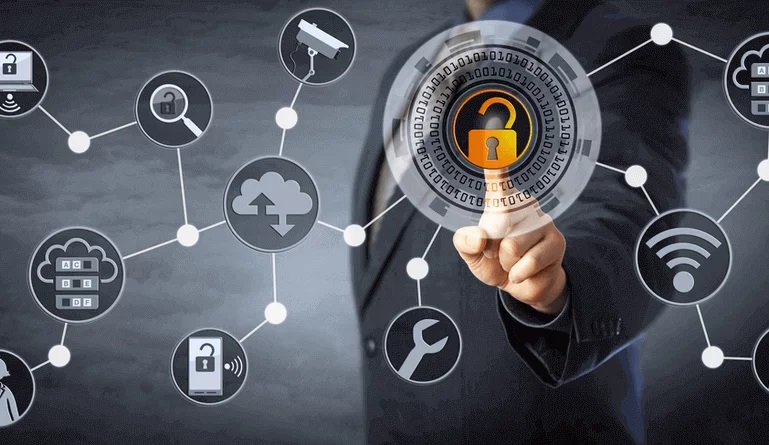Demand for remote working opportunities has been on the rise for a number of years now. However, it’s only in recent years that this working strategy has grown more common. During the pandemic, millions of people were forced to work from home when opening offices was no longer safe.
Since then, businesses and employees alike have discovered just how beneficial remote work can be. In general, remote working leads to increases in productivity, reduced burnout for employees, and better work/life balance. Currently, statistics suggest around 4.7 million people are already working remotely at least half of the time in the US.
Unfortunately, remote work comes with its fair share of challenges. For instance, when team members are working outside of the office, they’re more exposed to a range of cyber security threats, from unsecured internet connections to endpoint theft.
So, how do you stay protected when working remotely?
Step 1: Start with Endpoint Security
Endpoint security is one of the most important points you’ll need to consider when working remotely. The chances are you’ll be using your own devices or those issued by your company to access sensitive files, documents, and services. Unfortunately, if anyone else gets their hands on these devices, the risk of a data security breach is huge.
Make sure you have the correct protection installed on your endpoint devices, and keep it up to date. Tools like RAV antivirus, for instance, allow business leaders to provide their employees with access to ransomware, malware, and virus protection, while tracking crucial endpoints. The end-to-end visibility provided by RAV antivirus ensures if anything does go wrong with any of your devices, your IT team will be able to spot it, even if you’re working miles away from the main office.
Outside of installing the right software, you can also protect your endpoints by:
- Restricting use: Don’t allow other people to use the same devices you use for work, even if they’re friends and relatives. You never know what risks other people could expose you to.
- Using multi-factor authentication: Multi-factor authentication apps ensure even if someone does get hold of your hardware, they won’t be able to access essential documents by cracking your password alone. This provides an extra layer of protection.
- Following policies: If someone gets into your business endpoints, or steals your smartphone, make sure you know what the next step is. Get in touch with your team and consider having the technology remotely wiped.
Step 2: Secure Your Network
Once you know your endpoints are secure, the next step is making sure your network is protected. Start by looking at your equipment at home. While you may have a router with an installed firewall in your home, it’s important to ensure this technology is up-to-date, and that the settings match the security policies laid out by your business.
Some companies prefer their employees to use Virtual Private Networks or secured connections when accessing specific assets within the company.
At the very least, most companies will expect you to implement some level of Wi-Fi security. Make sure you never connect to the internet from a public device, and ensure the connections you do use have encryption and password protection in place.
Once you’ve protected your Wi-Fi connection, install the antivirus solution approved by your business to ensure an extra layer of protection. The right tool should be equipped with the latest intelligent features, including machine learning technologies. Machine learning helps systems to learn what “normal” and “abnormal” behavior looks like for your business, so it’s easier to see potential attacks before they get out of hand.
Step 3: Follow Safe Work Practices
According to some reports, up to 95% of successful data breaches are a result of human error. While the right endpoint protection strategies and network defences will help to keep your and your company safe in the age of remote work, you’ll still need to ensure you’re following best practice guidelines for secure work.
For instance:
- Beware of downloads: Downloading files, even from email addresses you think you know, can expose your devices to a huge range of phishing attacks. Make sure you know how to differentiate real files from dangerous ones.
- Keep personal and professional lives separate: Avoid using your personal accounts for work matters, because most products designed for consumers don’t have the same level of security implemented into them. Remember, the tools supported by your workforce were chosen by the IT team according to the security standards of your business.
- Always backup: Remember to preserve a backup of crucial information, just in case something does go wrong with your endpoint or software. It helps to know you have crucial work stored in the cloud in the case of a disaster.
Stay Safe When Working Remotely
Remote work can be a powerful tool for both employees and employers alike. Unfortunately, it also opens the door to a host of potential threats. When you’re working in a remote environment, it’s important to ensure you’re following the three simple steps above, to prove yourself to your employer, and protect your data, wherever you are.
